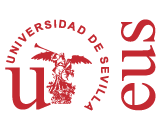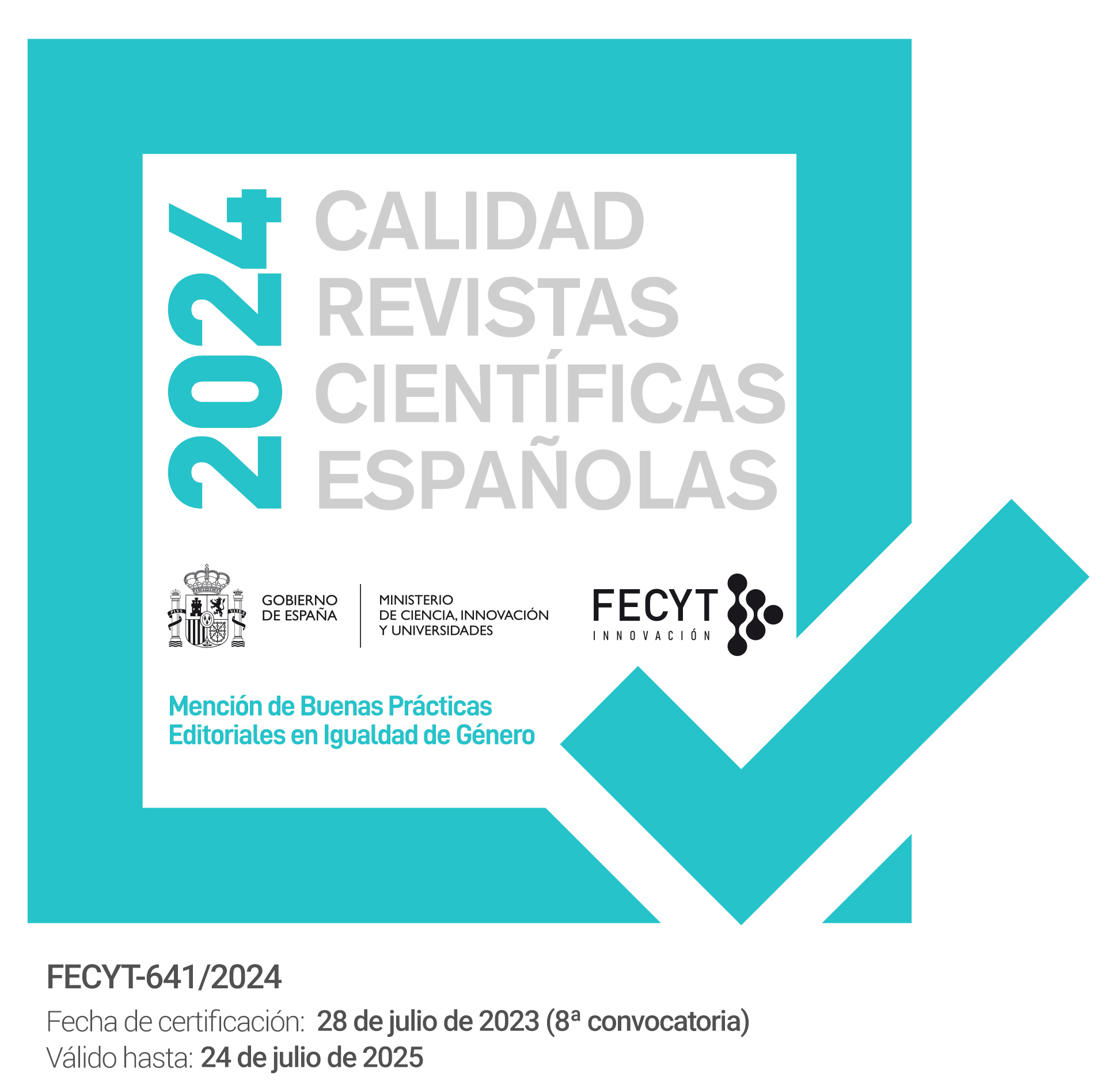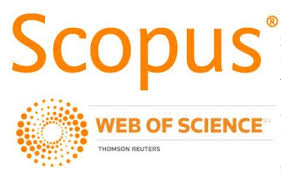Some grammatical questions in the recipe books of “Aki Yerushalayim”
DOI:
https://doi.org/10.12795/PH.2018.v32.i01.08Keywords:
judeo-Spanish, grammar, culinary vocabularyAbstract
In the judeo-spanish, the attention has been based on essential aspects related to phonetics and vocabulary and, to a lesser extent on morphology and syntactic elements. The analysis has focused on the linguistic development of several recipes of the magazine Aki Yerushalayim, which belong to two female authors who have been in charge of the section of the one hundred numbers released: Kamelia Sahar until 1993. From that date on, Zelda Ovadía. The structure is very simple and it does not offer varieties throughout the beginning of the magazine. It is about texts with a wide variety of oral elements. They entail an important documentary source for the linguistic analysis of the Judeo-Spanish.
Downloads
References
Álvarez López, Cristóbal J. (2015): “Estudio léxico del judeoespañol: arcaísmos y préstamos en la gastronomía sefardí”, Actas del IX Congreso Internacional de Historia de la lengua española. Madrid/Frankfurt: Iberoamericana/Vervuert, 1201-1217.
Ariza Viguera, Manuel (1998): “El sufijo –ico”, en: García Turza, Claudio/González Bachiller, Fabián/Mangado Martínez, José J. (coords.): Actas del IV Congreso Internacional de Historia de la lengua española. Vol. 1. Logroño: Universidad de la Rioja, 350-359.
Bunis, David M. (1984): “Munaḥé ma’ahalim ve-minhagé aḥilá be Damések Eliezer le-Rabbí Eliezer ben Shem Tov Papo. Ha-safrut ha-rabanit be-djudezmo ke-meqor le-‘inyané folklor ve-lašón ḥélek riš’on”, Meḥkaré Yerushaláyim be Folklor Yehudi 5-6, 151-195.
Denah, Lida (1958): “Refranes judeo-españoles de Esmirna”, Nueva Revista de Filología Hispánica 22, 1-35.
Quintana Rodríguez, Aldina (1995): “Los términos ajenos en la gastronomía sefaradí”, Aki Yeruhsalayim 51, 46-49.
Quintana, Aldina (2001): “Concomitancias lingüísticas entre el ladino (judeoespañol y el aragonés”, AFA 57-58, 163-192.
Salvador Plans, Antonio (2003): “Consideraciones sobre la grafía romanceada judeoespañola”, Neue Romania, (Judenspanisch VII) 28, 31- 51.
Sánchez-Pérez, María (2010): “Los refranes de la revista sefardí Yerushalayim (1909)”, Paremia 19, 53-60.
Séphiha, Haïm Vidal (1992): “La famille dans les proverbes judéo-espagnols”, Iberica nueva, Serie 1, 171-186.
Séphiha, Haïm Vidal (2005): “Refranes judeoespañoles/Lo judaico”, Sefárdica 15, 87-91.
Shaul, Moshe/Quintana Rodríguez, Aldina/Ovadía, Zelda (comp.) (1995): El gizado sefaradí. Zaragoza: Ibercaja.
Fuentes Documentales
Arbell, Mordehay/Shaul, Moshe/ Ovadia, Zelda (eds.) (1979-2006): Aki Yerushalayim. Revista Kulturala Djudeo-Espanyola. Jerusalén: Sefarad y Autoridad Nacional del Ladino.
Glosa Emilianense n. 89. Orígenes del español. Ramón Menéndez Pidal. Madrid: Espasa Calpe, 1980, (9ª edición), p. 7.
Lazar, Moshe (1995): Biblia ladinada. I.J.3 (2 vols). Spanish-Jewish Series, 6. Madison: Hispanic Seminary of Medieval Studies.
Ovadía, Zelda (1988): “Baklava”, Revista Aki Yerushalayim 50.
Ovadía, Zelda (1999): “Medias de kalavasa yenas de kezo”, Revista Aki Yerushalayim 61.
Sahar, Karmelia (1980): “Pan d’Espanya (o “Pan Espondjado”), Revista Aki Yerushalayim 7.
Fuentes Lexicográficas
Bluteau, Rafael C. R. (1721): Vocabulário Portuguez e Latino. Lisboa: Pascoal da Silva. <http://ntlle.rae.es/ntlle/SrvltGUILoginNtlle> (octubre 2018).
Cantera, Jesús (2004): Diccionario Akal del refranero sefardí: colección de refranes y frases hechas del judeoespañol, con su correspondencia o traducción en español y francés. Madrid: Akal.
Corrales, Cristóbal/Corbella, Dolores/Álvarez, María Ángeles (1996): Tesoro lexico-gráfico del español de Canarias. Vol. 2. Madrid: Real Academia Española y Gobierno de Canarias, 1416.
Domínguez, Ramón J. (1869): Nuevo suplemento al Diccionario Nacional o Gran Diccionario Clásico de la Lengua Española. Madrid: Imprenta y Librería Universal de los Sres. Crespo, Martín y Comp. Editores. Reproducido a partir del ejemplar de la Biblioteca de la Real Academia Española, O-22. <http://ntlle.rae.es/ntlle/SrvltGUILoginNtlle> (octubre 2018).
Maristany, José Gaspar/ Roig, José (1853): Diccionario enciclopédico de la lengua española: con todas las voces, frases, refranes y locuciones usadas en España y las Américas españolas. 2 tomos. Madrid: Imprenta de Gaspar y Roig <http://ntlle.rae.es/ntlle/SrvltGUILoginNtlle> (octubre 2018).
Mez de Braidenbach, Nicholas (1670): Diccionario muy copioso de la lengua española y alemana. Viena: Juan Diego Kürner. <http://ntlle.rae.es/ntlle/SrvltGUILoginNtlle> (octubre 2018).
Minsheu, John (1617): The Guide into the Tongues. With Their Agreement and Consent One with Another, as Also their Etymologies […]. Londres: John Brownes. <http://ntlle.rae.es/ntlle/SrvltGUILoginNtlle> (octubre 2018).
Minshey, John (1617): Vocabularium Hispanicum Latinum et Anglicum copiossisimum, cum nonnullis vocum millibus locupletatum, ac cum Linguae Hispanica Etymologijs [...]. Londres: Joanum Browne. <http://ntlle.rae.es/ntlle/SrvltGUILoginNtlle> (octubre 2018).
Nehama, Joseph (1977): Dictionnaire du judéo-espagnol. Madrid: Consejo Superior de Investigaciones Científicas, Instituto Benito Arias Montano.
Oudin, César (1607): Tesoro de las dos lenguas francesa y española. Thrésor des deux langues françoise et espagnolle, auquel est contenue l’explication de toutes les deux respectivement l’une par l’autre. Divisé en deux parties. París: Marc Orry. <http://ntlle.rae.es/ntlle/SrvltGUILoginNtlle> (octubre 2018).
Percival, Richard (1591): Bibliothecae Hispanicae pars altera. Containing a Dictionarie in Spanish, English and Latine. Londres. <http://ntlle.rae.es/ntlle/SrvltGUILoginNtlle> (septiembre 2018).
Real Academia Española. Nuevo Tesoro Lexicográfico de la Lengua Española. <http://ntlle.rae.es/ntlle/SrvltGUILoginNtlle> (octubre 2018).
Salvá, Vicente (1864): Nuevo diccionario de la lengua castellana que comprende la última edición íntegra, muy rectificada y mejorada, del publicado por La Academia Española […]. París: Librería de Don Vicente Salvá. <http://ntlle.rae.es/ntlle/SrvltGUILoginNtlle> (octubre 2018).
Stevens, John (1706): A New Spanish and English dictionary. Londres: George Sambridge. <http://ntlle.rae.es/ntlle/SrvltGUILoginNtlle> (octubre 2018).
Terreros y Pando, Esteban (1787): Diccionario castellano: con las voces de ciencias y artes y sus correspondientes en las tres lenguas, francesa, latina é italiana. Madrid: Imprenta de la Viuda de Ibarra, Hijos y Compañía.
Vittori, Girolamo (1609): Tesoro de las tres lenguas francesa, italiana, y español: Thresor des tríos langves, françoise, italiene, et espagnolle. Geneue (Ginebra): Philippe Albert y Alexander Pernet. <http://ntlle.rae.es/ntlle/SrvltGUILoginNtlle> (octubre 2018).
Zerolo, Elías/ Isaza, Emiliano/Toro y Gómez, Miguel de (1895): Diccionario enciclopédico de la lengua castellana: contiene las voces, frases, refranes y locuciones de uso corriente en España y América. París: Garnier Hermanos, Libreros-Editores. <http://ntlle.rae.es/ntlle/SrvltGUILoginNtlle>.
Corpus digitalizados
[CORDE]: Real Academia Española. Banco de datos (corde) [en línea]: Corpus Diacrónico del Español. <http://corpus.rae.es/cordenet.html> (octubre 2018).
Published
How to Cite
Issue
Section
License
The printed and electronic editions of this Journal are edited by the University of Seville Editorial, and the source must be cited in any partial or total reproduction.
Unless otherwise indicated, all the contents of the electronic edition are distributed under a license of use and distribution “Attribution-NonCommercial-NoDerivatives 4.0 International” . You can view the informative version and the legal text of the license here. This fact must be expressly stated in this way when necessary.
Authors who publish in this journal accept the following conditions:
- The author/s retain copyright and grant the journal the first publication right, and accept it to be distributed with the Creative Commons By NC ND 4.0 licence, which allows third parties to use what is published whenever they mention the authorship of the work and the first publication in this journal and whenever they do not make commercial use and reuse it in the same way.
- Authors can make other independent and additional contractual agreements for the non-exclusive distribution of the article published in this journal (e.g., include it in an institutional repository or publish it in a book) provided they clearly indicate that the work was published for the first time in this journal.
Authors are allowed and recommended, once the article has been published in the journal Philologia Hispalensis (online version), to download the corresponding PDF and disseminate it online (ResearchGate, Academia.edu, etc.) as it may lead to productive scientific exchanges and to a greater and faster dissemination of published work (see The Effect of Open Access).
Accepted 2018-12-18
Published 2018-08-22
- Abstract 435
- PDF (Español (España)) 87
- EPUB (Español (España)) 41
- HTML (Español (España)) 145







